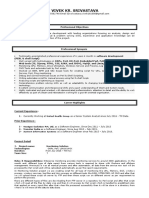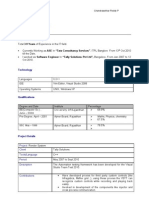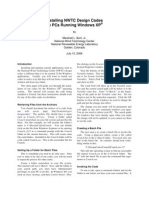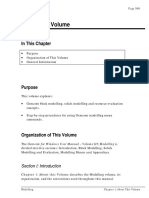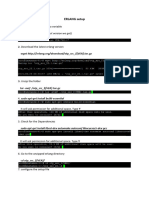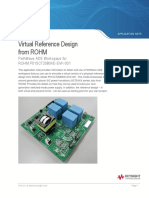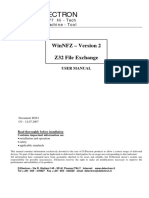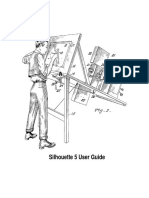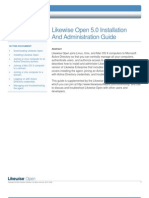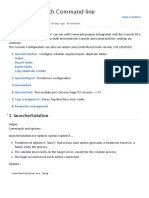0% found this document useful (0 votes)
1 views3 pagesTemplate
The document outlines a project aimed at developing a tool or extension that helps users quickly identify the directory of files based on their extensions, improving productivity and file organization. It discusses current manual methods of file location and proposes a solution that incorporates multithreading for efficient directory retrieval across various platforms. Key features include automatic directory detection and the ability to search by file extension, with future enhancements planned for cloud integration and advanced search capabilities.
Uploaded by
rakuaeCopyright
© © All Rights Reserved
We take content rights seriously. If you suspect this is your content, claim it here.
Available Formats
Download as TXT, PDF, TXT or read online on Scribd
0% found this document useful (0 votes)
1 views3 pagesTemplate
The document outlines a project aimed at developing a tool or extension that helps users quickly identify the directory of files based on their extensions, improving productivity and file organization. It discusses current manual methods of file location and proposes a solution that incorporates multithreading for efficient directory retrieval across various platforms. Key features include automatic directory detection and the ability to search by file extension, with future enhancements planned for cloud integration and advanced search capabilities.
Uploaded by
rakuaeCopyright
© © All Rights Reserved
We take content rights seriously. If you suspect this is your content, claim it here.
Available Formats
Download as TXT, PDF, TXT or read online on Scribd
/ 3
















